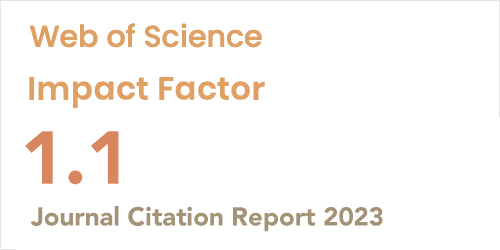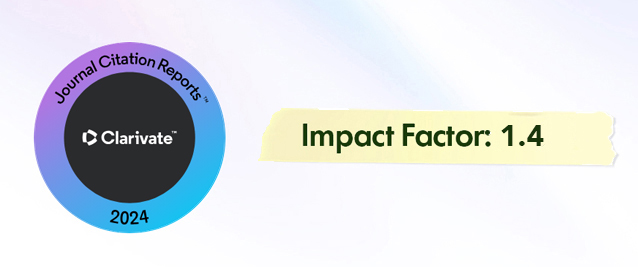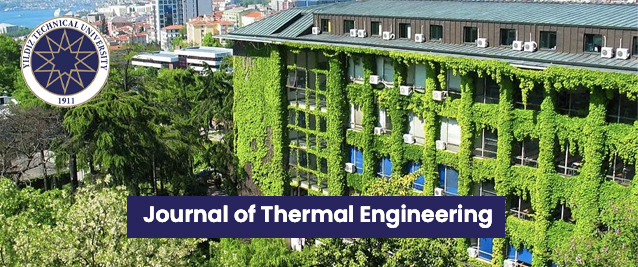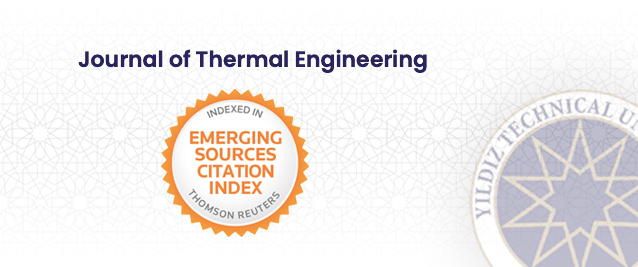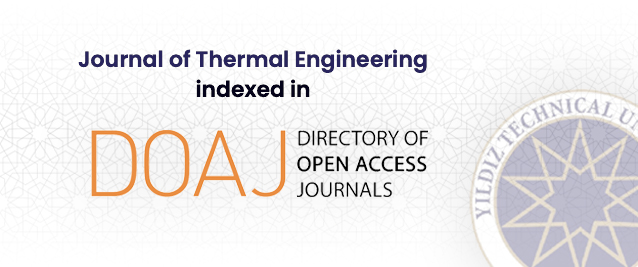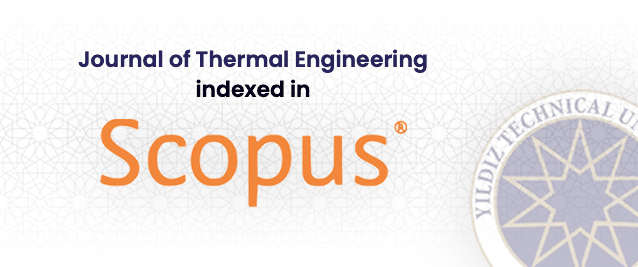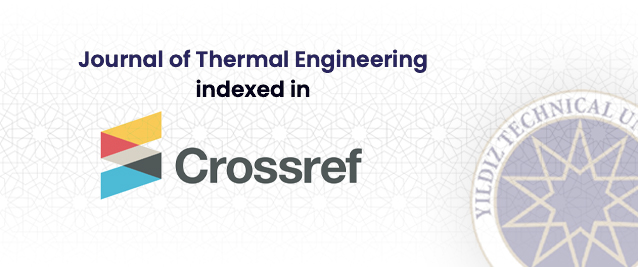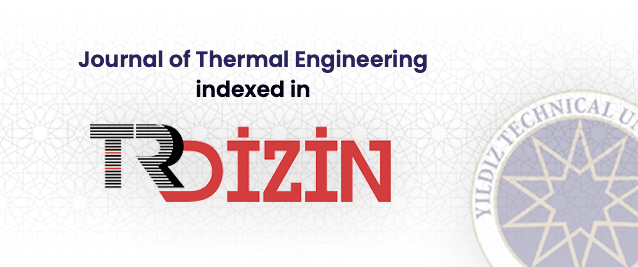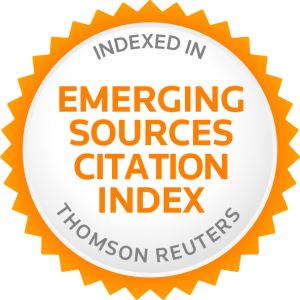2Department of Energy Systems Engineering, Izmir Institute of Technology, 35430 Izmir, Türkiye
3Renewable Energy Program, Texas Tech University, Lubbock, TX 79409, USA
Abstract
This study concentrates on applying machine learning techniques to flow boiling in order to predict the bubble lift-off diameter. This prediction is critical because the diameter plays a key role in understanding boiling dynamics and calculating heat transfer rates. Additionally, accurately predicting this diameter is essential for optimizing thermal systems and enhancing energy efficiency. By evaluating the performance of three different machine learning algo-rithms: M5 tree, multilinear regression, and random forest, we aimed to assess their effective-ness in providing reliable predictions even with limited experimental data. This research is essential as it demonstrates the potential of machine learning to enhance predictive accuracy in scenarios where obtaining extensive datasets is challenging. Our findings show that these machine-learning techniques are effective for accurate predictions. The results show that the coefficient of determination ranged from 0.64 to 0.94, indicating how well the models fit the data. The root mean square error was between 0.009 and 0.02, and the mean absolute error ranged from 0.0004 to 0.02. Based on the findings, it can be inferred that the machine learning algorithms used in this study are reliable for predicting bubble lift-off diameter. This reliabil-ity also extends to other experimental parameters, suggesting that these techniques can be effectively applied in various contexts with limited data. This study demonstrates the potential of machine learning to predict experimental parameters and advances previous research by identifying key factors that influence bubble lift-off diameter.




